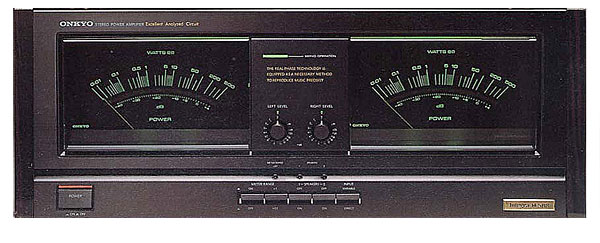Exploring Bayreuth's Fabled Acoustic
For audiophiles, the acoustic of the Bayreuth Festspielhause in Germany, home of the annual festival of Richard Wagner's operas, vies with Amsterdam's Concertgebouw and Vienna's Musikverein as one of the most fabled for recording as well as listening. As a participant in the Music Critics of North America 2012 institute at the Festival, I had the opportunity to not only explore the venue from a near-ideal seat in Row 25 Center, but to also visit the fabled "covered pit" from which many of the greatest Wagner conductors of the last 136 years have led exalted performances.

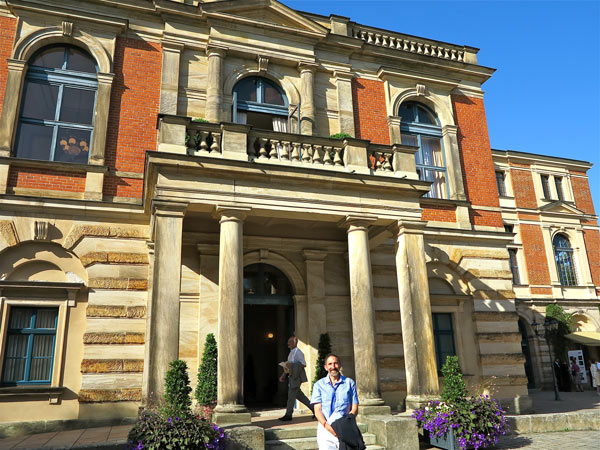

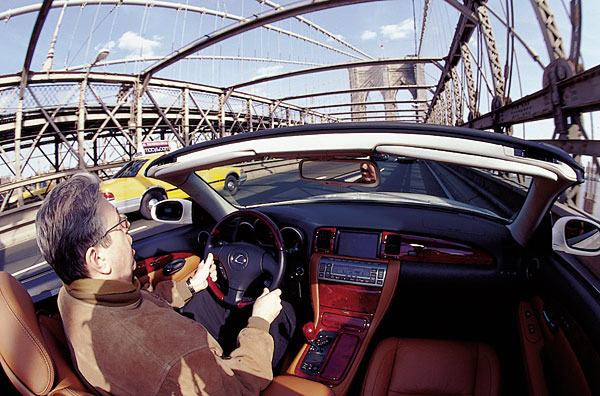

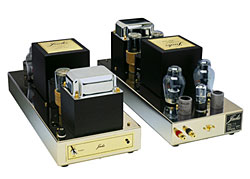 I've never written a love story before, but then, there's always a first time. This romance concerns the stunningly anthropomorhic
I've never written a love story before, but then, there's always a first time. This romance concerns the stunningly anthropomorhic 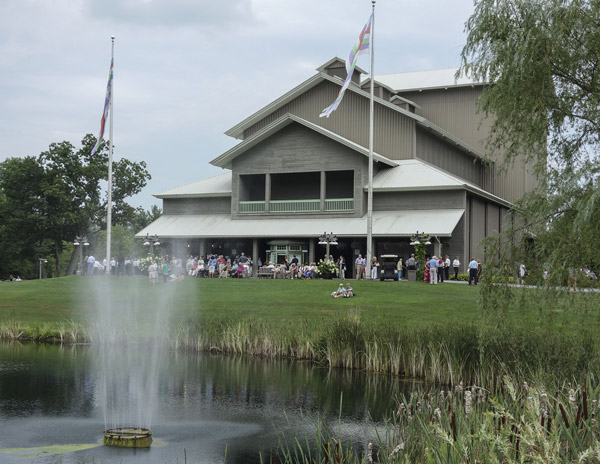
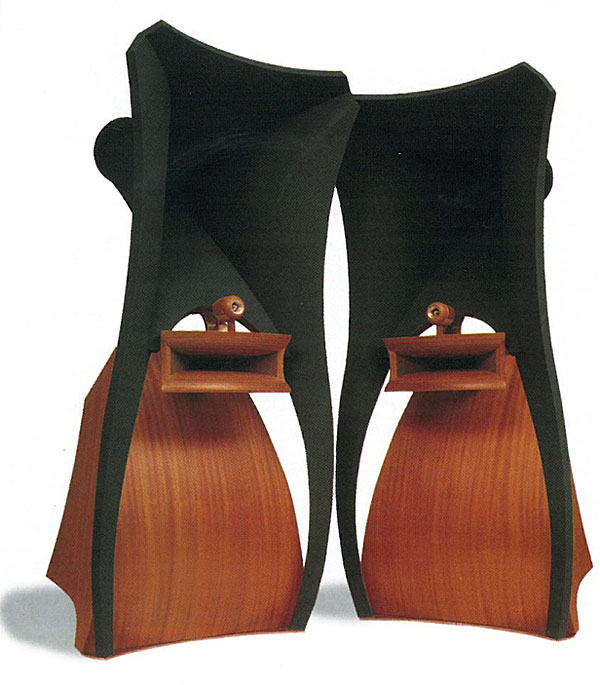
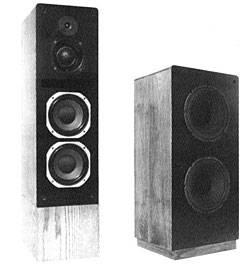 According to designer Bill Reed, the Nelson-Reed 8-04/B was not originally intended to be an audiophile speaker system, but was instead designed as a high-quality monitor for the critical recording engineer who wanted to be able to walk from the studio into the control room and hear the same thing from his speakers that he heard "live." The fact that modern studio mike technique ensures that this could never happen is probably beside the point. The point is that reproducing the original power and dynamic range of live music is a formidable challenge, which practically no audiophile speakers have met successfully. On the other hand, so-called studio monitors, which can do that routinely, have tended to be highly colored and otherwise generally lousy in all areas of fidelity except output capability. The 8-04/B was an attempt to combine the strengths of both kinds of speaker, while avoiding their usual weaknesses.
According to designer Bill Reed, the Nelson-Reed 8-04/B was not originally intended to be an audiophile speaker system, but was instead designed as a high-quality monitor for the critical recording engineer who wanted to be able to walk from the studio into the control room and hear the same thing from his speakers that he heard "live." The fact that modern studio mike technique ensures that this could never happen is probably beside the point. The point is that reproducing the original power and dynamic range of live music is a formidable challenge, which practically no audiophile speakers have met successfully. On the other hand, so-called studio monitors, which can do that routinely, have tended to be highly colored and otherwise generally lousy in all areas of fidelity except output capability. The 8-04/B was an attempt to combine the strengths of both kinds of speaker, while avoiding their usual weaknesses.

